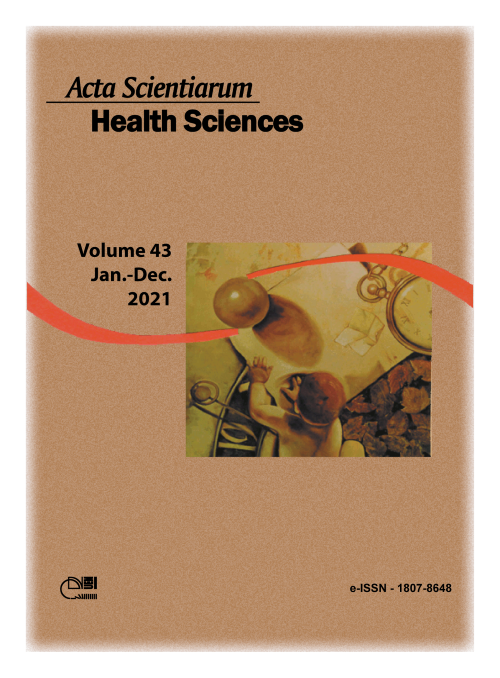Sexual dimorphism applying the mandibular canine index in a Brazilian sample: a pilot study
Abstract
The aim of this study was to apply the morphometric quantification of the canine index for sexual dimorphism in a Brazilian sample. The sample consisted of 90 participants (45 males and 45 females) aged between 18 and 35 years. With the aid of a digital caliper, the intraoral mesio-distal measurement of the permanent mandibular right canine (MD43) and the intercanine distance (IC) were taken by three examiners. The measurements were used in a formula established by Rao, Rao, Pai e Kotian (1989) to estimate sex based on morphometric features of the human canines. The applicability of this approach for sexual dimorphism was assessed based on the inherent mandibular canine index (MCI) calculated by the formula. The MCI was higher in males than females. The mean general accuracy rate of the MCI for sexual dimorphism in the total sample was 52.22%. In males, the MCI was able to properly distinguish sex in 82.22% of the sample, while in females the accuracy decreased to 22.22%. These outcomes raise the attention for the careful use of the MCI in practice – especially in the field of Forensic Anthropology. In particular, the accuracy of the method was close to random in a sample that contained both sexes. Thus, MCI should not be used as the only tool for sexual dimorphism.
Downloads
DECLARATION OF ORIGINALITY AND COPYRIGHTS
I Declare that current article is original and has not been submitted for publication, in part or in whole, to any other national or international journal.
The copyrights belong exclusively to the authors. Published content is licensed under Creative Commons Attribution 4.0 (CC BY 4.0) guidelines, which allows sharing (copy and distribution of the material in any medium or format) and adaptation (remix, transform, and build upon the material) for any purpose, even commercially, under the terms of attribution.
Read this link for further information on how to use CC BY 4.0 properly.























5.png)







